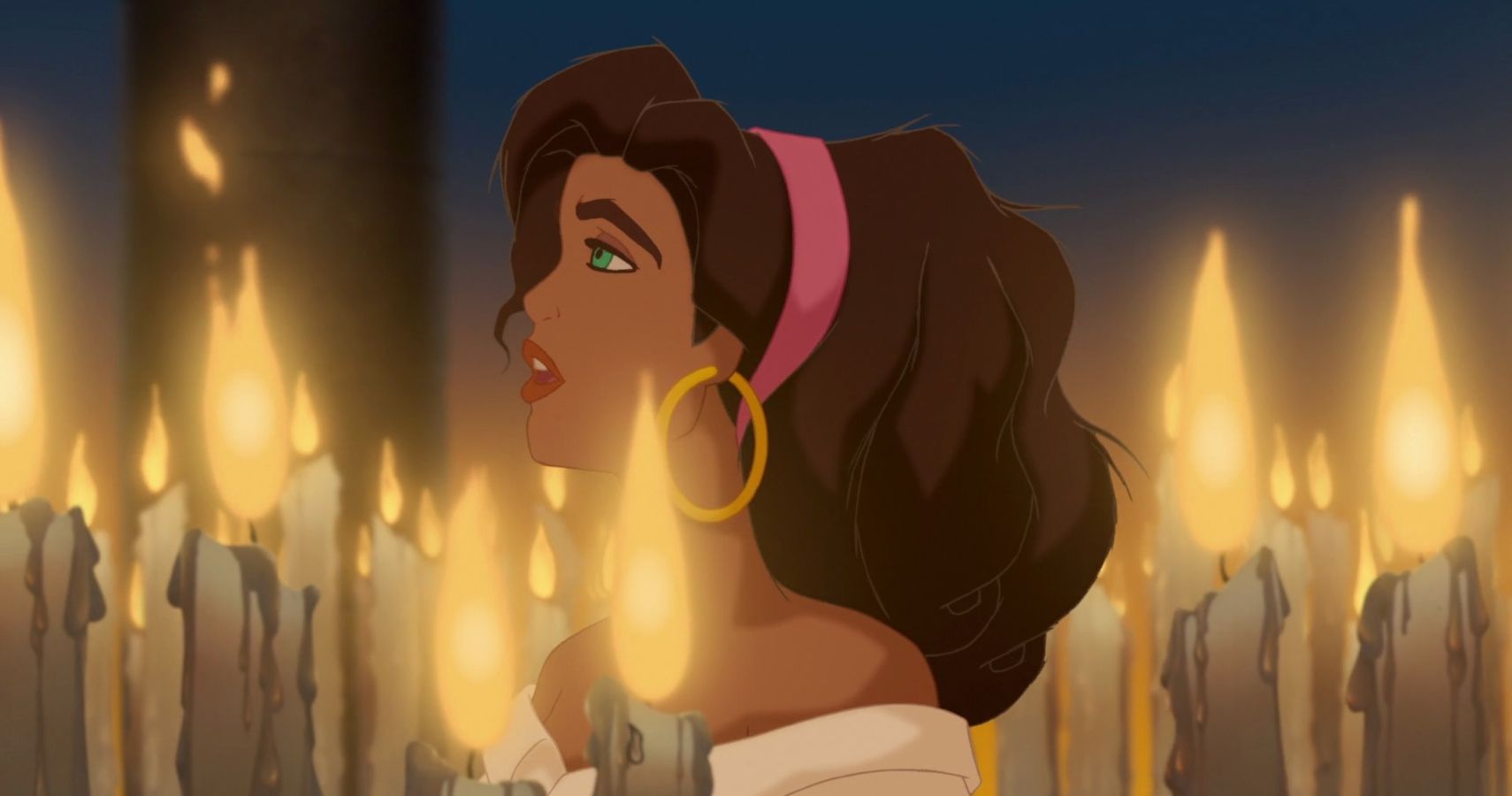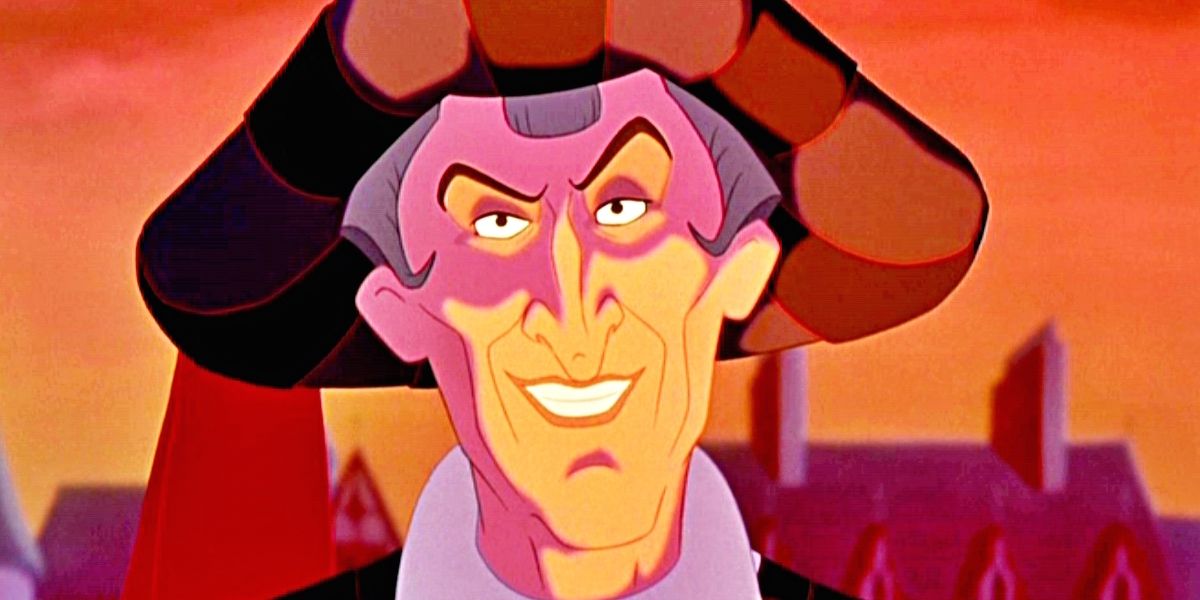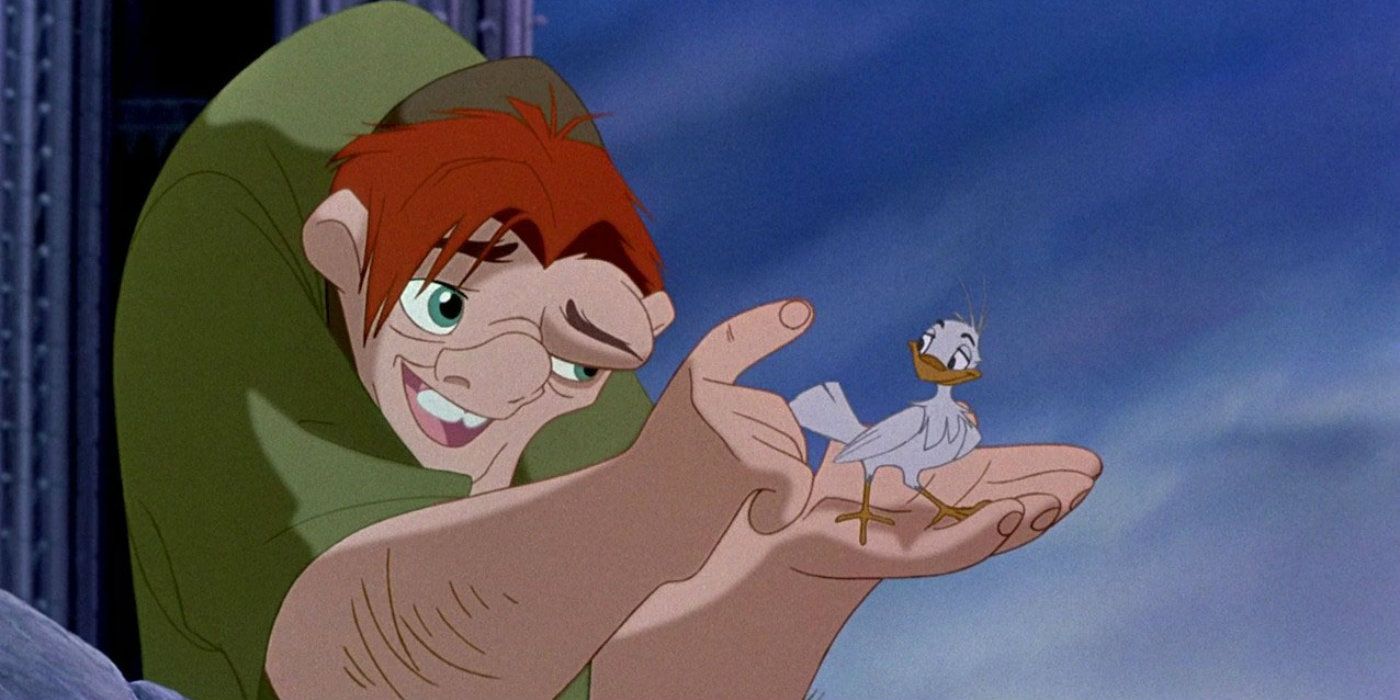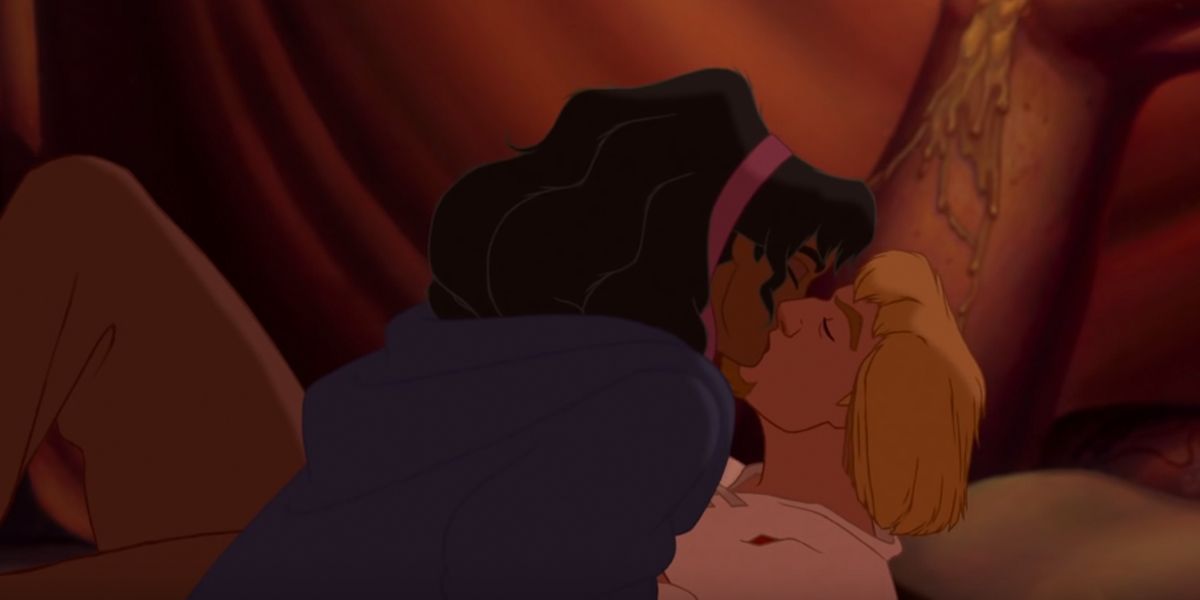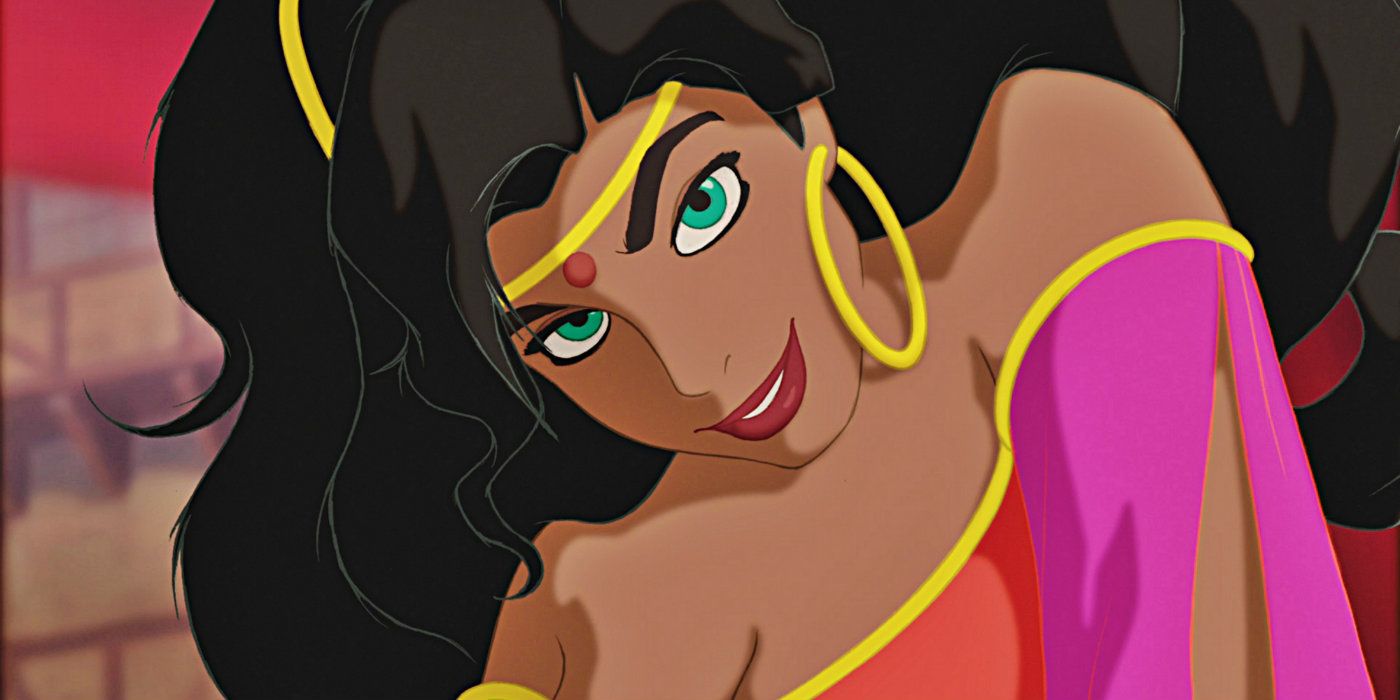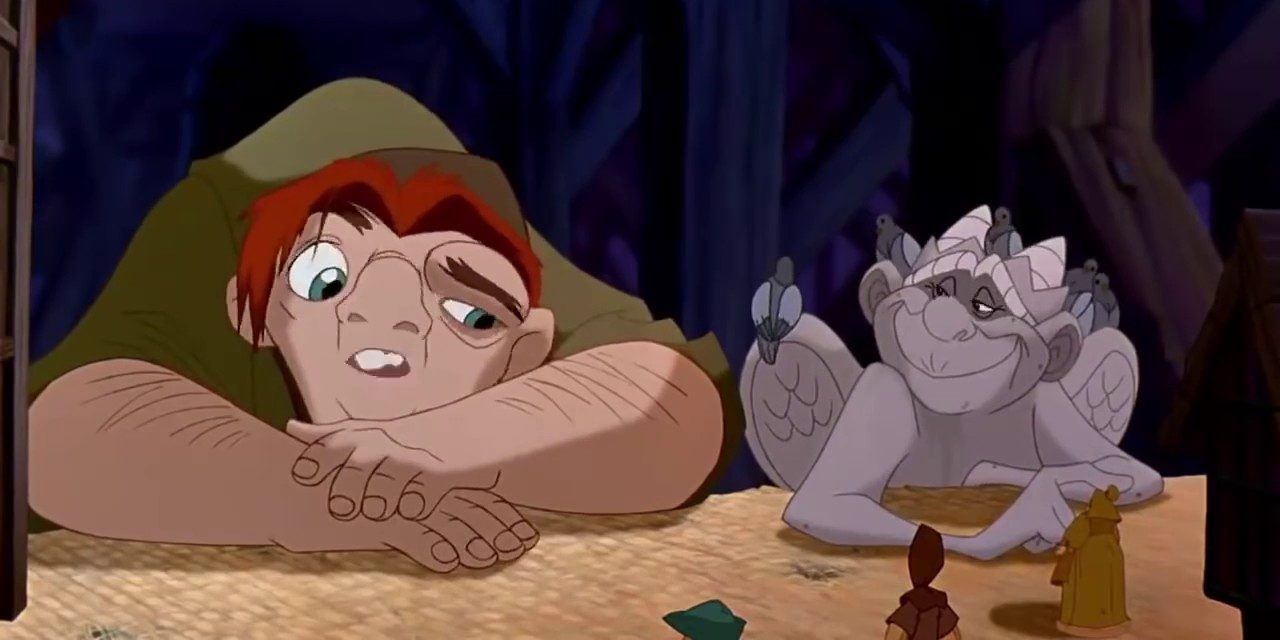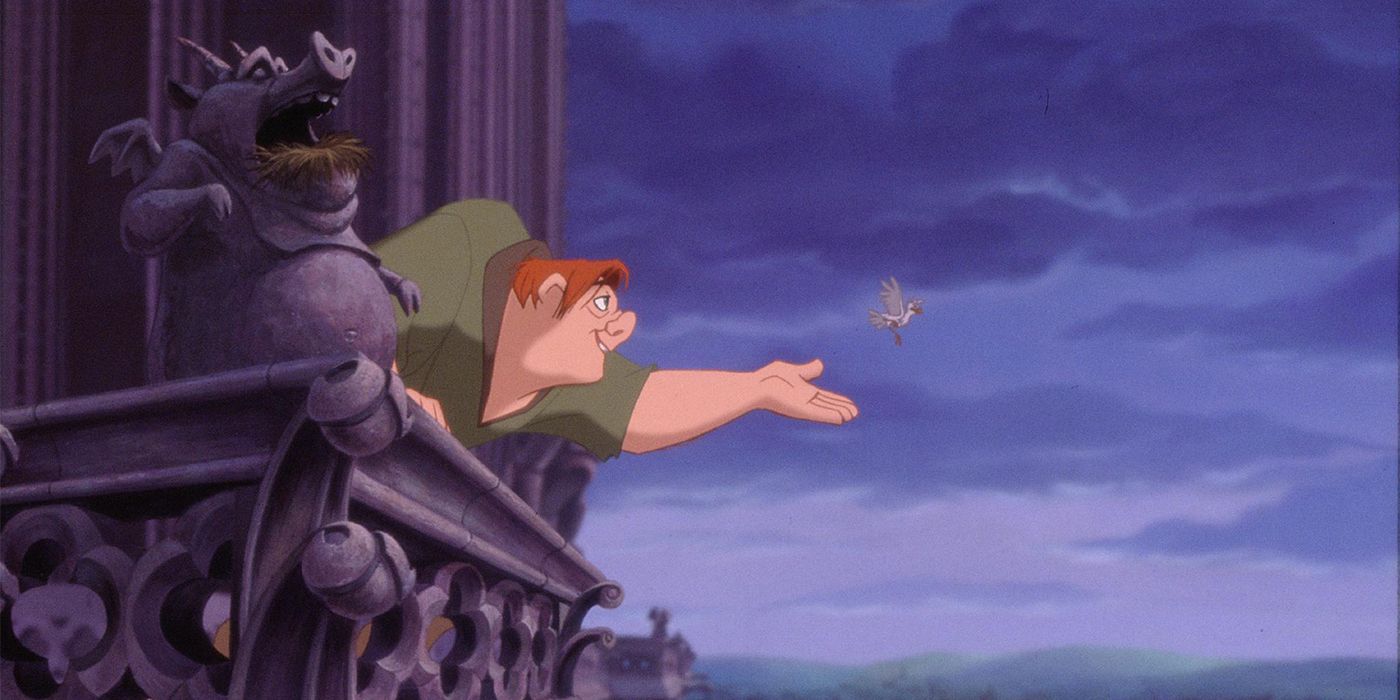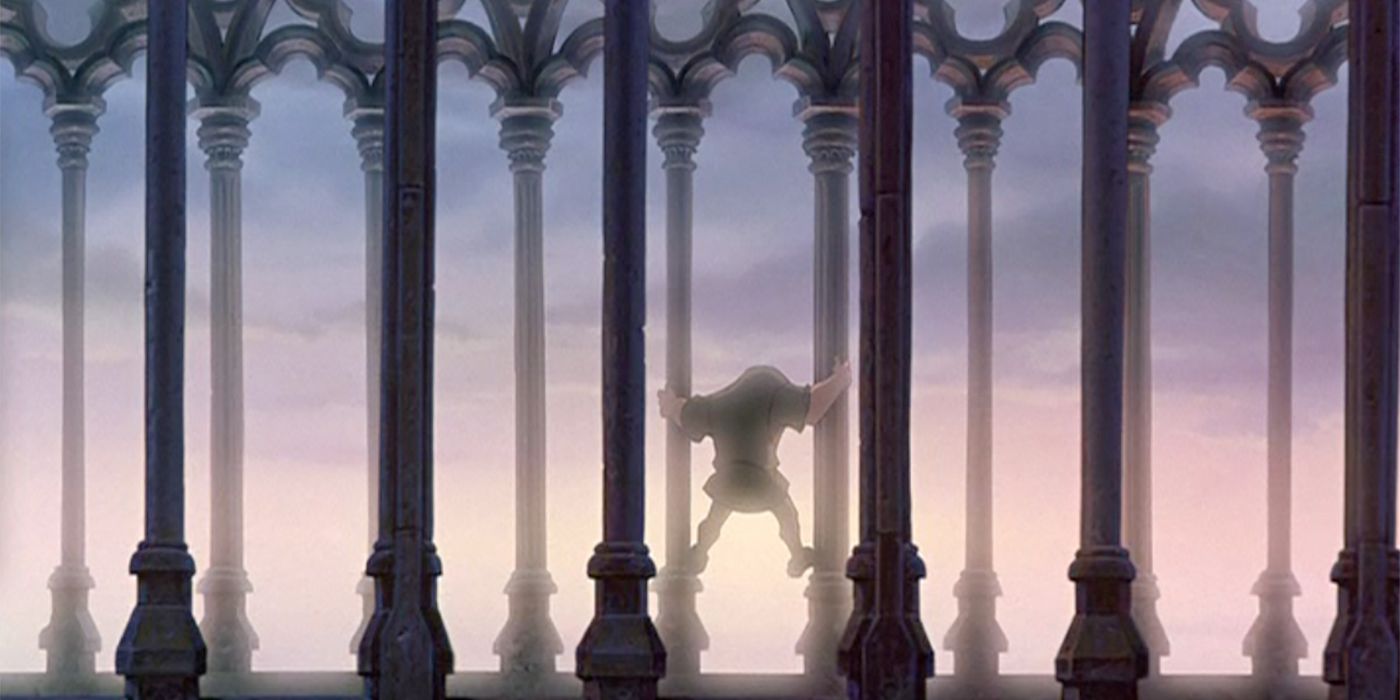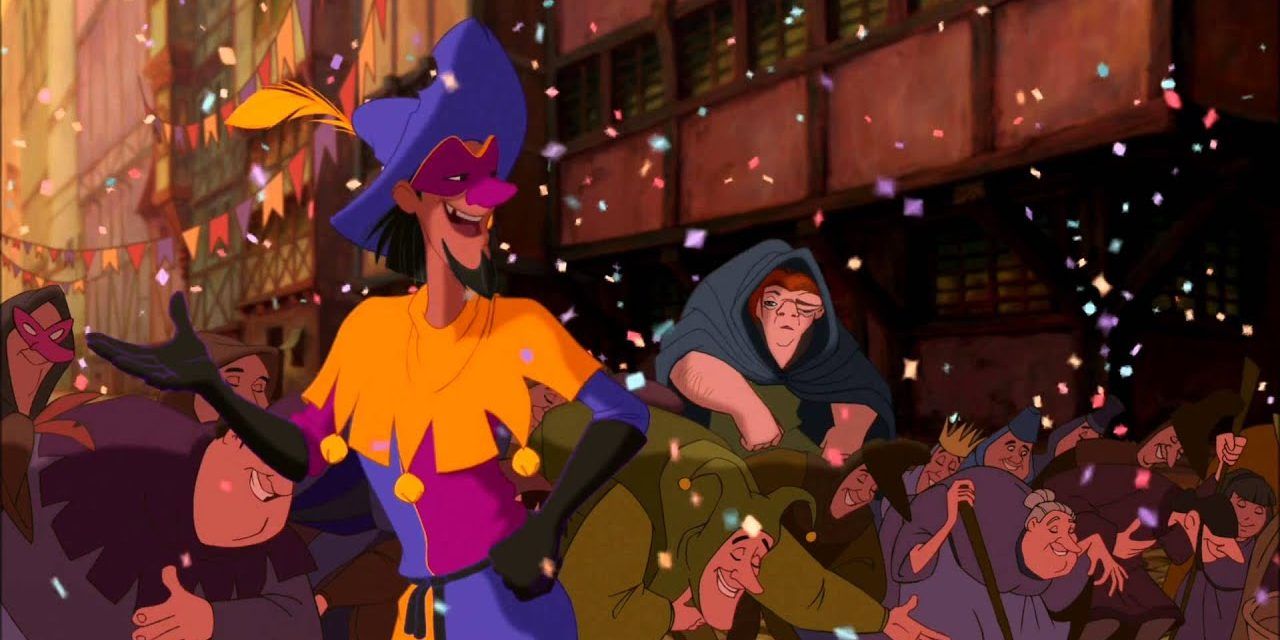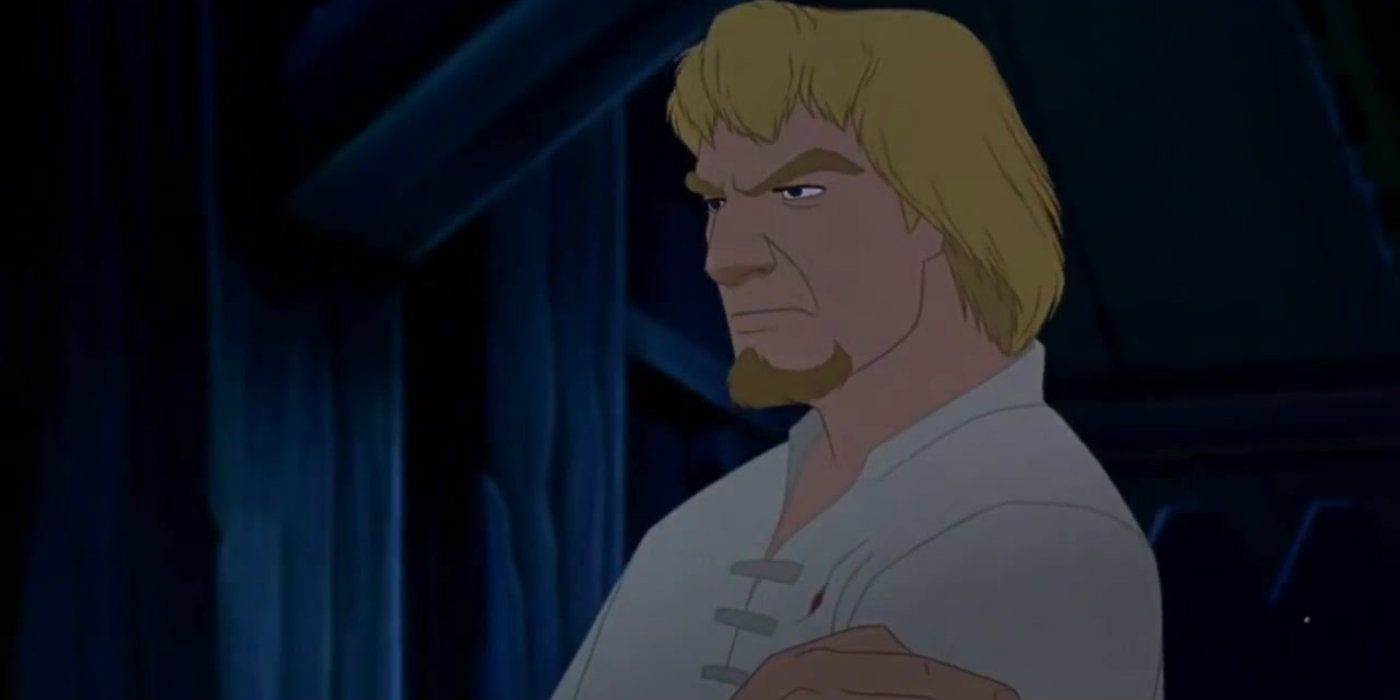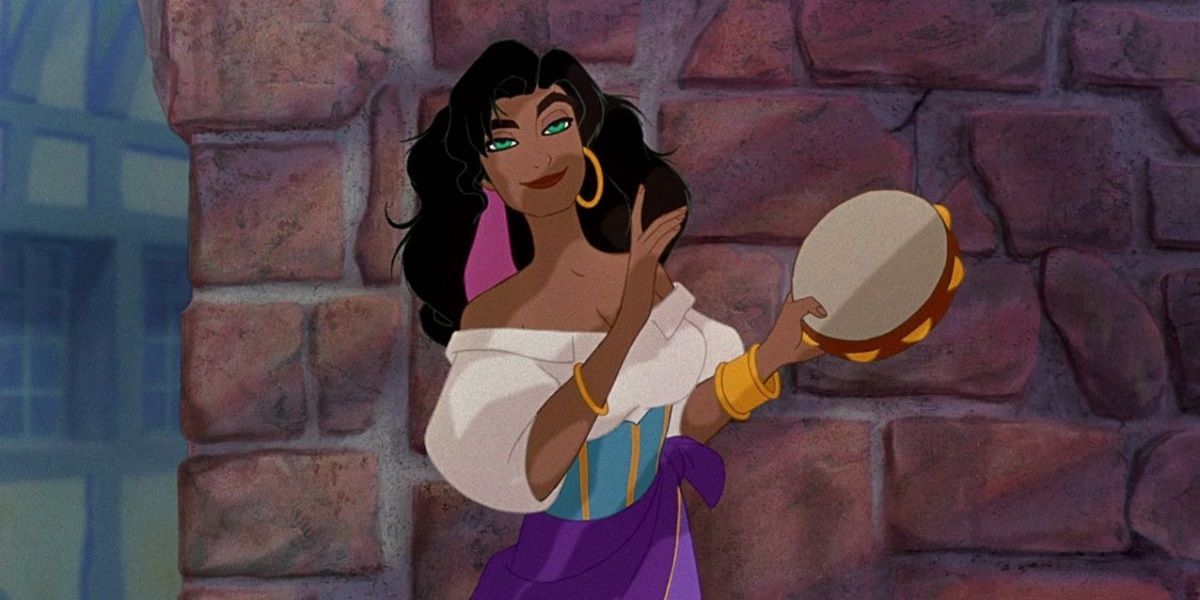Though French novelist Victor Hugo's most famous work is arguably Les Miserables, The Hunchback of Notre Dame came first and is still up there in popularity. Disney's 1996 version of Hugo's The Hunchback of Notre Dame is more so an adaptation of previous adaptations than a reworking of the book. Several elements from previous films, such as Esmeralda actually being a gypsy as opposed to a kidnapped French girl, were used in both Disney's version and other films.
However, it is still worth it to compare the film to the novel, despite the length of time between them. Therefore, here are the ten biggest changes from Victor Hugo's The Hunchback of Notre Dame to the Disney film of the same name.
Frollo Is A Priest, Not A Judge
In the novel, Claude Frollo is the archdeacon of Notre Dame and takes in Quasimodo while also caring for his younger brother Jehan. His interest in alchemy has alienated him from the citizens of Paris, and though he tries to be a good person, his lechery towards Esmeralda turns him into the novel's antagonist. In the film, he is a judge and is established from the beginning as an evil man.
Quasimodo Is The Protagonist
In the novel, Pierre Gringoire is the protagonist, an author stand-in for Hugo, as he is a struggling poet and playwright. Gringoire ends up getting caught up in the middle of things when he finds the Court of Miracles and has to marry Esmeralda to avoid his own death. In the Disney film, Quasimodo is the protagonist, and Gringoire doesn't exist. Quasimodo's desire is to go out to the world and be accepted by it.
Esmeralda And Phoebus End Up Together
Phoebus is a lecherous, awful person in the novel, while in the film he is a heroic, kind man. The film is much more a traditional love story than the novel. Though Esmeralda is in love with Phoebus in both the novel and the film, his reaction is different in each, considering his character.
In the film, the two both survive and end up together. In the novel, Phoebus does not rescue her, and he marries his betrothed Fleur-de-Lys.
Esmeralda Is Really A Gypsy
The novel has an extensive subplot about a French woman who has wasted away in a cell of her own making because she has lost her daughter. It turns out that her daughter is Esmeralda, born Agnes, who was stolen by the gypsies in exchange for Quasimodo. Disney's film omits this entirely, and Esmeralda is a gypsy by birth. She advocates for her people in the moving song "God Help the Outcasts".
The Gargoyles Come To Life
In the novel, Quasimodo is half-deaf and blind from the bells and has no one to confide in. He is intensely loyal to Frollo for taking him in as a child. In the film, he is simply physically deformed, and he confides in the gargoyles who also live in the bell tower. Though he is grateful to Frollo for taking him in, he's smart enough to realize that Frollo is abusing him, and fights to break away from that relationship.
"The Book Will Kill The Building"
Victor Hugo's main message and goal are expressed through Claude Frollo about halfway through the novel in the sentences: "The book will kill the building." Essentially, Hugo was writing at a time when the Notre Dame cathedral wasn't as revered as it is now, and was trying to save it through art. His statement is that the new form of the novel would kill people's interest in architecture.
The Disney adaptation drops this point completely, and the focus is the question: "Who is the monster and who is the man?", which instead looks at Frollo's internal monster, and Quasimodo's goodness despite his deformity.
Most Characters Survive
Hugo's tale is a dark book where most characters die: Esmeralda, Quasimodo, Frollo. Phoebus and Gringoire both survive, but don't have particularly happy endings. Phoebus unhappily marries his betrothed Fleur-de-Lys, while Gringoire runs off with the goat Djali. (Who Disney didn't create; she's all Victor Hugo's.) In the film, the antagonist, Frollo, dies by falling into the fire, but no one else dies. Ultimately, Esmeralda and Phoebus are together, and Quasimodo is accepted by the people of the city.
Major And Minor Characters Condensed
In both the film and the book, Clopin is the leader of the gypsies and plays a small role. In the novel, Frollo also has a younger brother Jehan, who is a university student who would prefer to spend his money on other things. Along with Jehan, the novel has plenty of other small characters who play roles in subplots or small sections of the main plot. The film condenses its characters, giving multiple roles to one character in the process.
Phoebus Rallies Paris
In the novel, Clopin rallies the citizens of Paris, while in the film, Phoebus is the one to do it. This action helps Phoebus seem more heroic and keeps the focus on him as a main character. Phoebus rallying Paris also makes it clear that he is against Frollo, the film's antagonist. The novel has many more characters, and Phoebus isn't as much of a good person there.
Esmeralda Is Hanged
In the novel, Esmeralda is hanged, while in the film, her choice is either Frollo or being burned at the stake. This allows Frollo to have his atmospheric villain song that features fire, making it clear that he is the antagonist. Esmeralda is more defiant in the film, while in the novel she has also just been reunited with her mother, making her end even more tragic.

